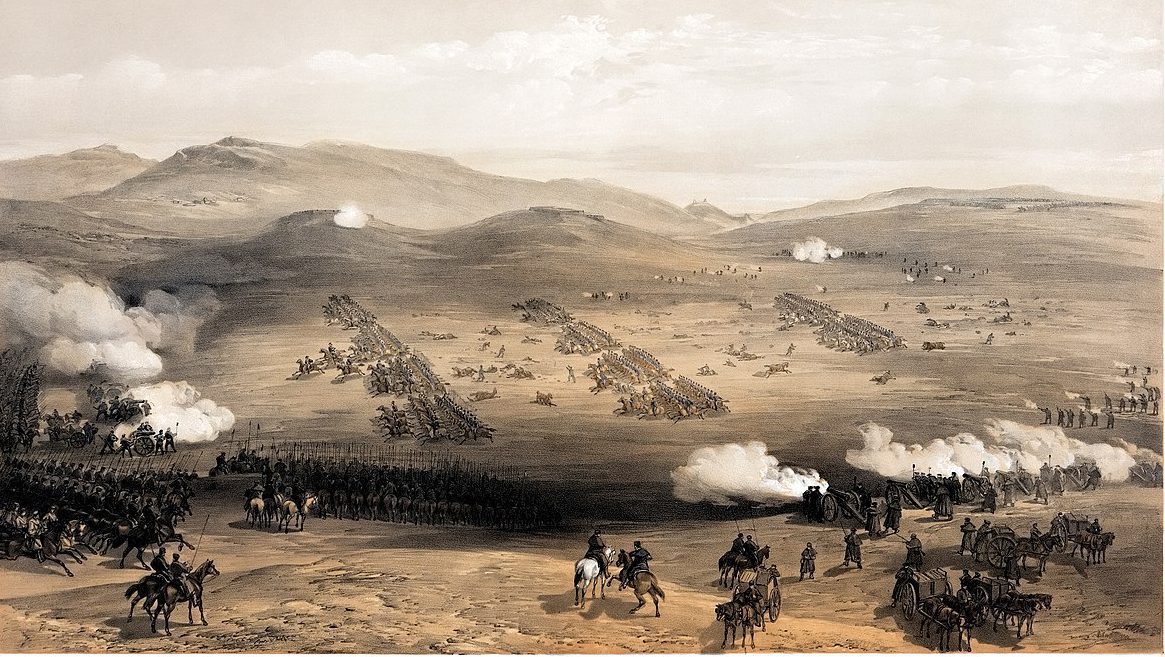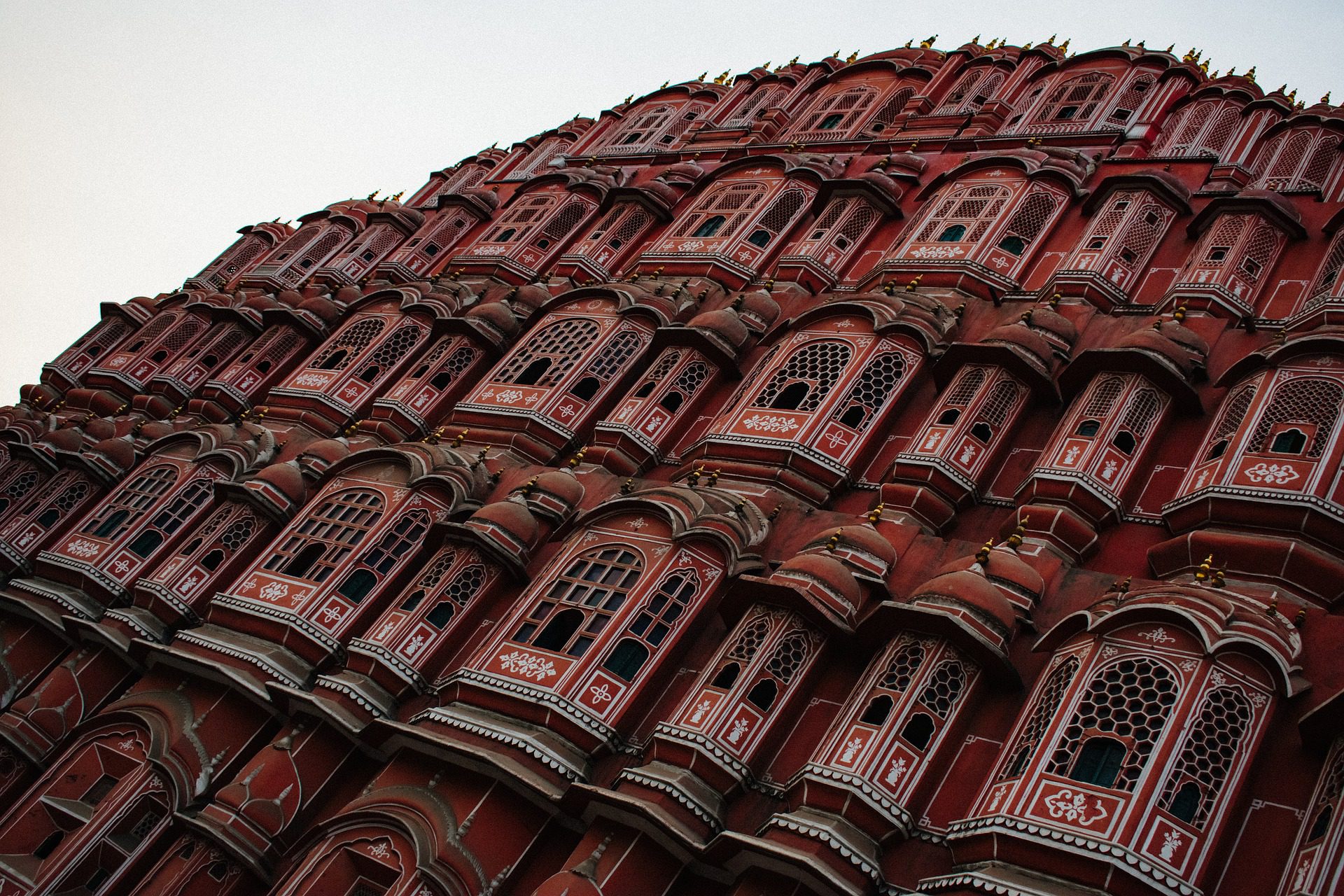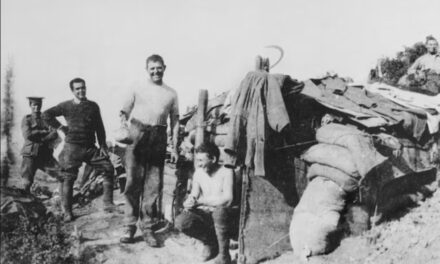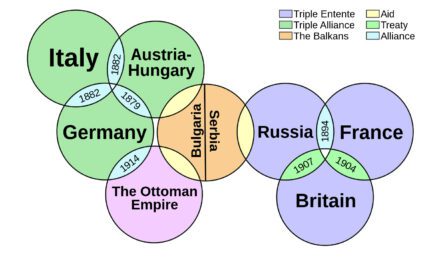COULD THE CHARGE OF THE LIGHT BRIGADE HAVE WORKED?
Reading time: 6 minutes
Middle East tensions. Russian soldiers in Crimea. Western nations’ warships in the Black Sea. Those descriptions sound like Russia’s 2014 takeover of Crimea.
But they also applied 150 years earlier during The Crimean War between Russia and a British-French-Turkish alliance. That war is largely forgotten now, apart from its famous nurse Florence Nightingale.
However, another of its features also remains in our memories: The Charge of the Light Brigade. That was a small engagement that ended the inconclusive Battle of Balaclava on Oct. 25, 1854. But it became infamous for its brave soldiers, incompetent leaders and senseless bloodshed. It quickly inspired a magnificent poem by Lord Tennyson and later a colourful movie.
The ‘Valley of Death’
During the charge, Lord Cardigan’s light cavalry brigade attacked Russian cannons in “the valley of death.” The brigade defeated the gunners, but was counter-attacked by roughly 2,160 Russian light cavalry. It lost 469 of its 664 cavalrymen. Outnumbered 11-to-1, the 195 survivors retreated.
The British leaders immediately blamed each other for the fiasco.
The British army commander, Lord Raglan, had issued notoriously vague orders to his cavalry commander, Lord Lucan: “Lord Raglan wishes the cavalry to advance rapidly to the front, and to try to prevent the enemy carrying away the guns.”
But which cavalry: the Light Brigade alone or the Heavy Brigade too? Which guns: those in the valley or those on the adjacent Causeway Heights?
The Light Brigade rode smaller, faster horses. In battle it typically charged enemy troops who were disorganised or retreating. The Heavy Brigade had larger, stronger horses. It could overpower lighter cavalry or charge against infantry lines. Either unit could charge cannons, but normally from their defenceless flanks, not head-on into their gunfire.
Raglan complained the Lucan had ineptly misinterpreted his orders. The charge was supposed to target Russian cannons on the heights, not in the valley. Lucan in turn complained that Raglan’s orders had been unclear and unwise.
For his part, Cardigan complained the Heavy Brigade should have charged too, to support his men. That brigade actually had started to advance. But Lucan halted it once he saw the cannon fire’s intensity.
The leaders’ bickering ignited two ongoing historical debates. Which leader(s) deserved the blame for the disastrous charge? And could it have succeeded if it had followed one of the other alternatives?
To answer those questions, I collaborated with history student David Connors and history professor John Bonnett on an interdisciplinary study.
Using math to analyse the battle
We began by building a mathematical model of the charge. Our model was adapted from earlier research on naval combat involving cruise missiles or aircraft carriers.
This study is an example of “digital humanities” research. It uses math and computers to investigate a humanities topic. Other examples include studies of the 1863 Battle of Gettysburg and the 1942 Battle of the Coral Sea. In those projects I likewise collaborated with historians to get results that neither of us could have obtained on our own.
For our project on the Battle of Balaclava, we initially calibrated the model with historical troop strengths and losses. This ensured it reproduced the actual charge by the Light Brigade along the valley.
We then adjusted the model to represent three alternative charges: the Light Brigade against the heights; both brigades against the heights; and both brigades along the valley. For each alternative, the model estimated the British losses and survivors.
Bad odds under all scenarios
For example, suppose the Light Brigade had charged the cannons on the heights. Our model estimated British losses would have been 19% higher than the historical ones. The 106 survivors would have been outnumbered 41-to-1 by the 4,400 Russian infantry and cavalry there.
Next, suppose instead that both brigades had charged the heights, as Raglan had intended. British losses would have been 51% higher. The 661 survivors would have been outnumbered 7-to-1.
Finally, suppose both brigades had charged along the valley. British losses would have been 22% higher. The 794 survivors would have been outnumbered 3-to-1.
These results have several implications. First, any of the charges would have overrun the targeted guns. The challenge was to also defeat the Russian troops behind them.
Second, all the alternative charges would have increased Britain’s already-high losses. The historical charge Lucan executed was the “least bad” by that measure.
Third, Raglan’s intended charge by both brigades against the heights would have been the worst. That scenario has the highest losses and too few survivors to beat the Russian soldiers. It’s fortunate that Lucan misunderstood his orders.
Most intriguingly, the charge that Lucan started but then half-cancelled is the only one that might have worked. Sending both brigades along the valley would have put the most survivors into melee and at the best odds.
Fighting while outnumbered 3-to-1 would have been tough. But earlier that day, the Heavy Brigade had defeated the lighter Russian cavalry despite being outnumbered 2-to-1 and attacking uphill. Aided by their momentum, a charge by both brigades might have won again.
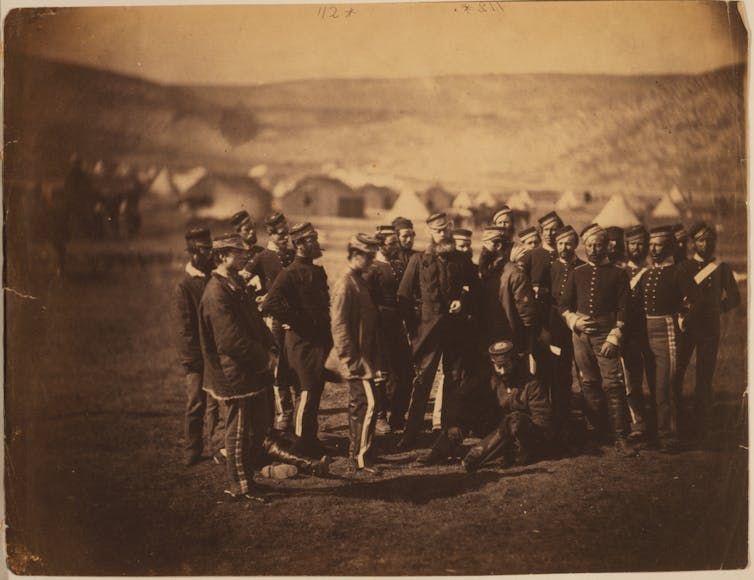
These results matter because a successful charge could have turned the battle into a Russian defeat. That might have discouraged Russia’s later attack at Inkerman and thereby hastened the allied siege of nearby Sevastopol.
Conversely, an even worse charge might have led to a decisive Russian victory. They could have captured Balaclava’s port and forced the allies to abandon the Sevastopol siege. This could have allowed Russia to win the war.
As it was, the battle was only a minor victory for Russian. It made the allies’ siege more difficult, but didn’t stop it. They captured Sevastopol 11 months later, after heavy casualties on all sides.
That capture eventually forced Russia to surrender by signing the Treaty of Paris in 1856. Alas, the treaty settled very little. It instead led to new rivalries and more European wars in subsequent decades.
Theirs not to make reply,
Theirs not to reason why,
Theirs but to do and die:
Into the valley of Death
Rode the six hundred.
from the poem The Charge of the Light Brigade by Alfred Lord Tennyson
This article was originally published in The Conversation.
This map provides a detailed timeline of the charge.
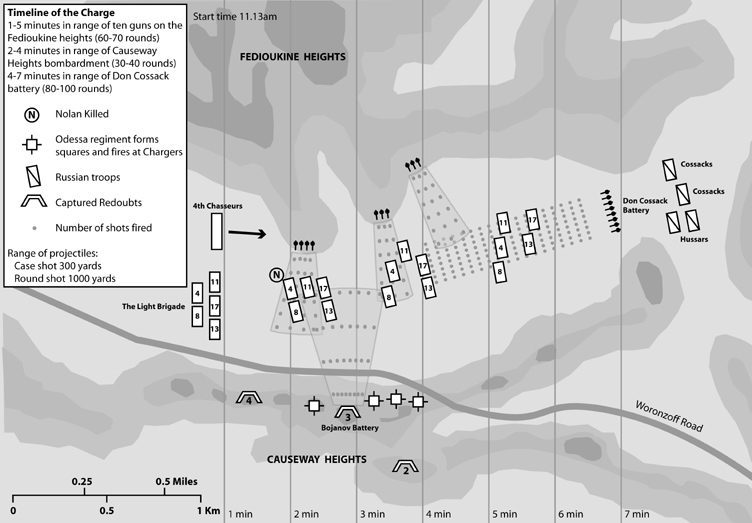
Articles you may also like
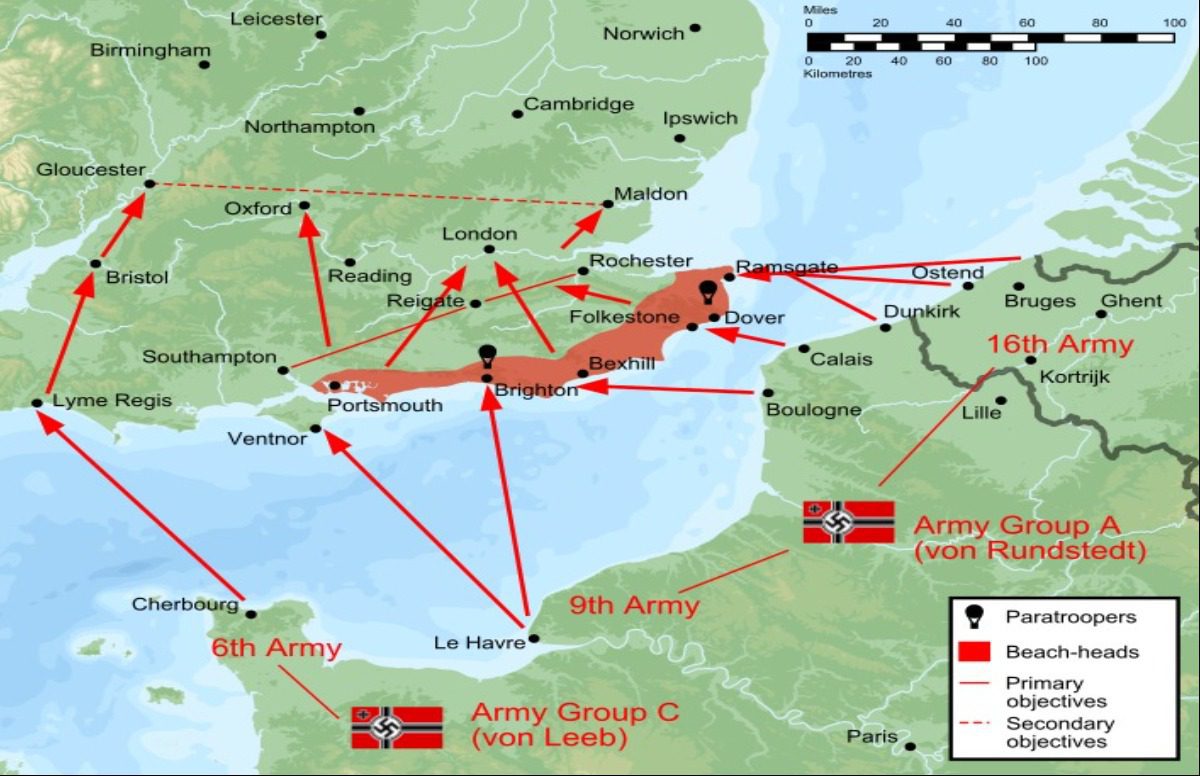
Deceptive Ineptitude: German Spies in WW2 Britain
DECEPTIVE INEPTITUDE: GERMAN SPIES IN WW2 BRITAIN Operation Lena, the German espionage operation in Britain, turned out to be one of the least successful spy missions of World War 2. By Madison Moulton Plotting an invasion of the United Kingdom in 1940 – codenamed Operation Sea Lion – the Nazis sent spies to gather intelligence […]
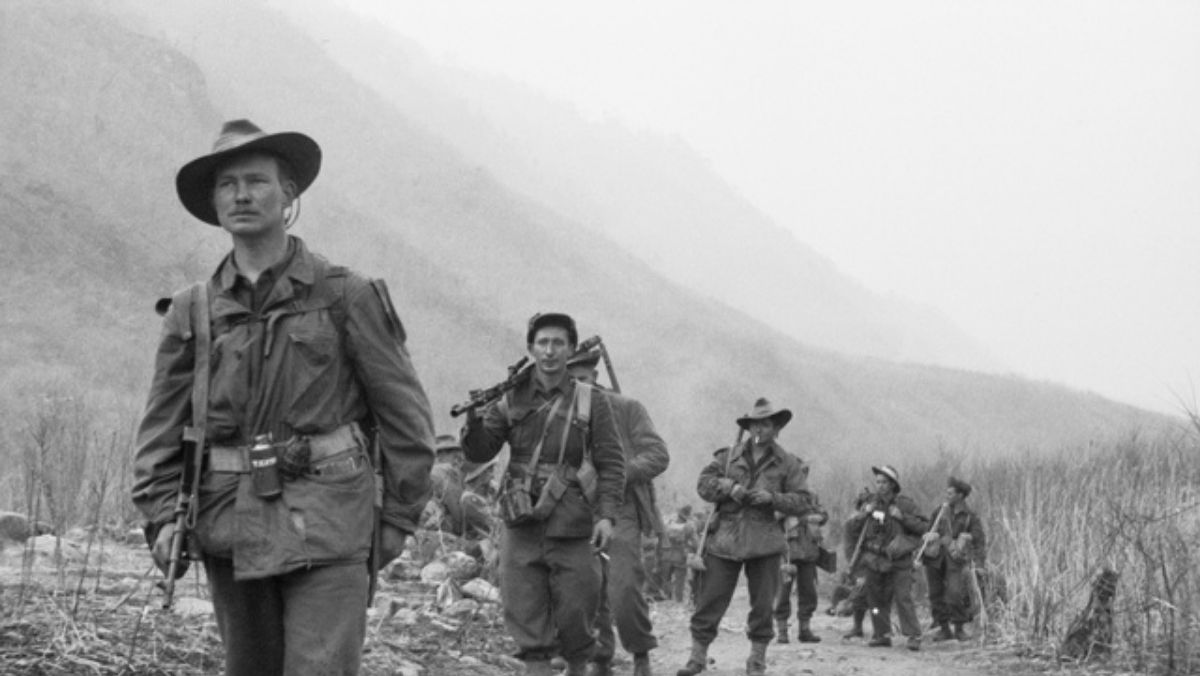
Quantity Becomes a Quality All of Its Own
In the history of warfare, there have been mismatched conflicts where skilled forces have been gravely outnumbered By Caitlan Hester What leads to success or failure when quality grapples with quantity? Does victory boil down to ingenuity or is it a sheer numbers game? In this post, we’ll examine three times the underdog was underestimated; […]

